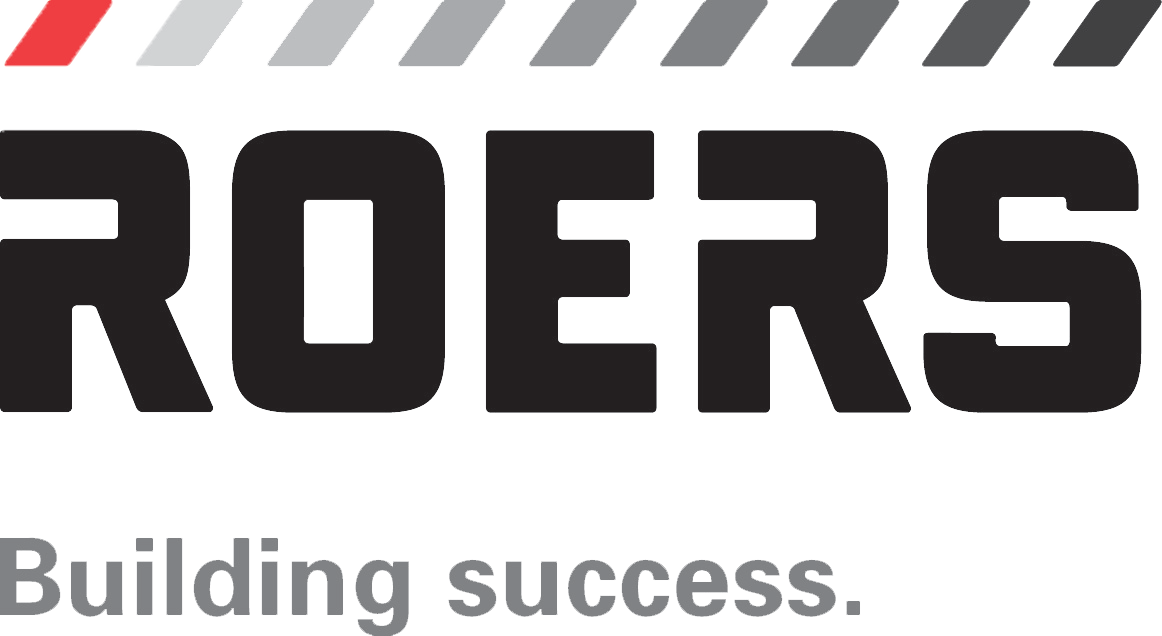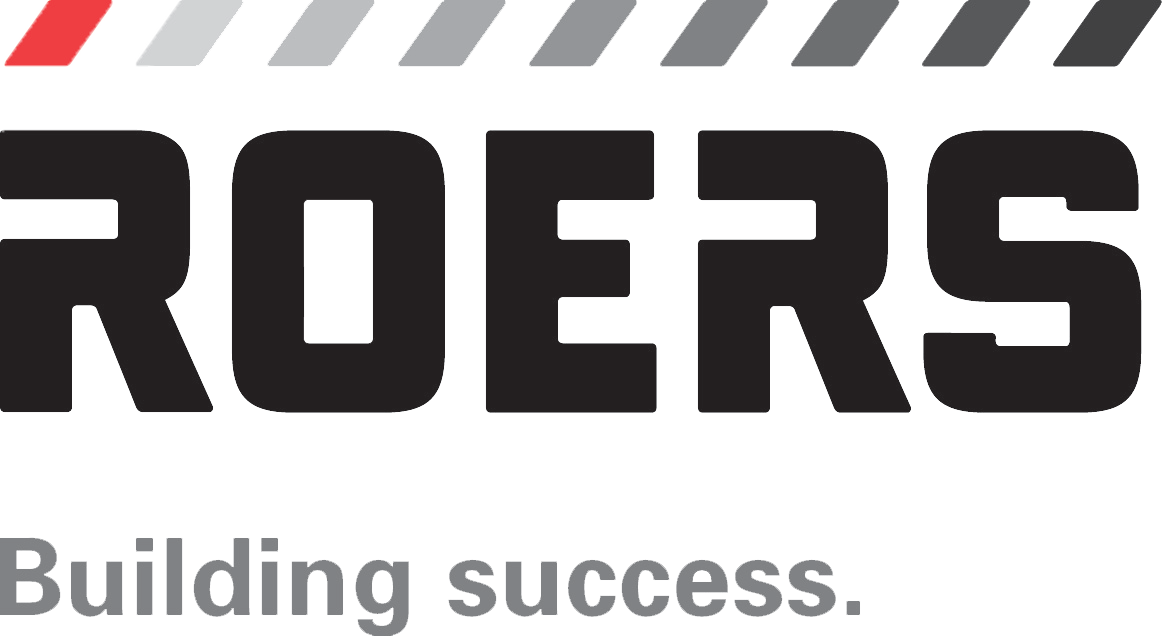
The Benefits of Sleep: Why a Good Night's Rest is Essential
The Benefits of Sleep: Why a Good Night’s Rest is Essential
Sleep is often overlooked in today’s fast-paced world, but it is one of the most critical aspects of overall health and well-being. A good night’s rest is not just about feeling refreshed—it plays a vital role in physical health, mental clarity, and emotional balance.
- Boosts Brain Function and Memory
- Strengthens the Immune System
- Supports Heart Health
- Regulates Mood and Reduces Stress
- Enhances Physical Performance
- Aids in Weight Management
- Increases Longevity
Tips for Better Sleep
If you struggle with getting quality sleep, try these simple tips:
- Stick to a consistent sleep schedule, even on weekends.
- Create a relaxing bedtime routine (reading, meditation, or deep breathing).
- Limit screen time before bed—blue light from phones and TVs disrupts melatonin production.
- Keep your bedroom cool, dark, and quiet for optimal sleep conditions.
- Avoid caffeine and heavy meals close to bedtime.
Final Thoughts
Sleep isn’t a luxury—it’s a necessity for overall health and well-being. From improving brain function and heart health to boosting mood and longevity, the benefits of sleep are undeniable. Prioritize rest, establish healthy sleep habits, and enjoy the rewards of a well-rested mind and body.



